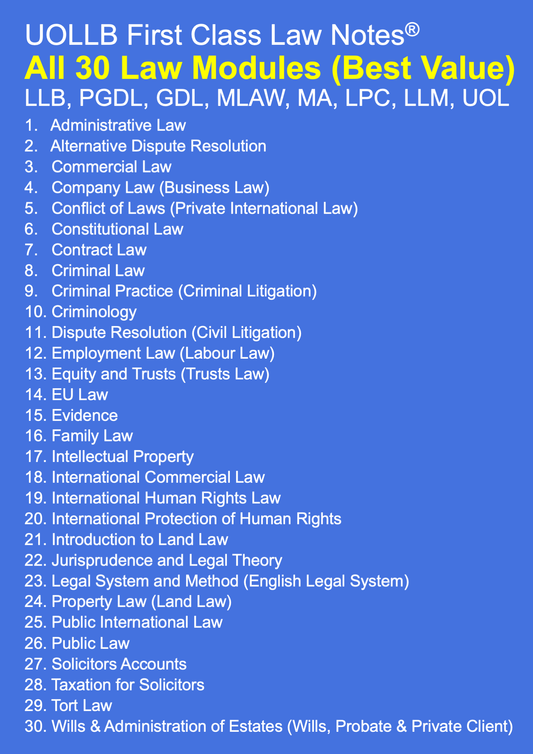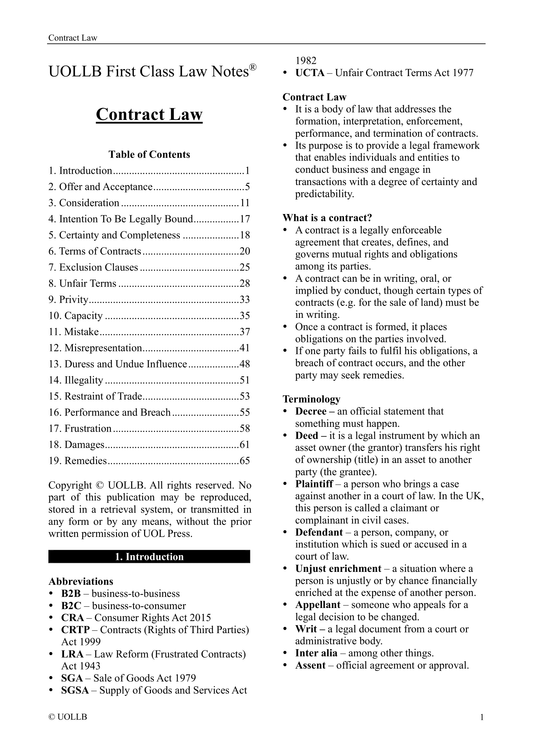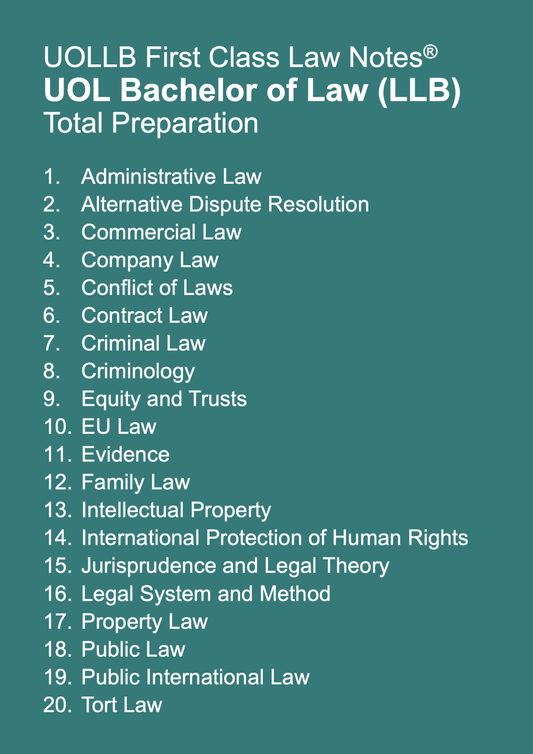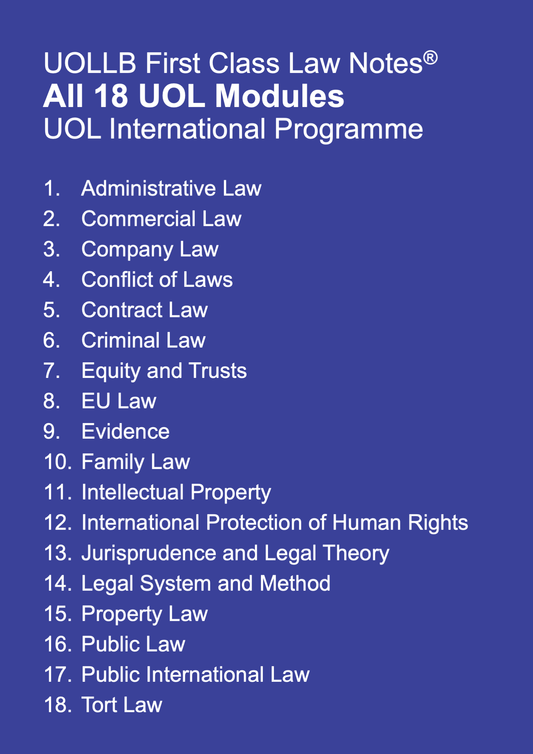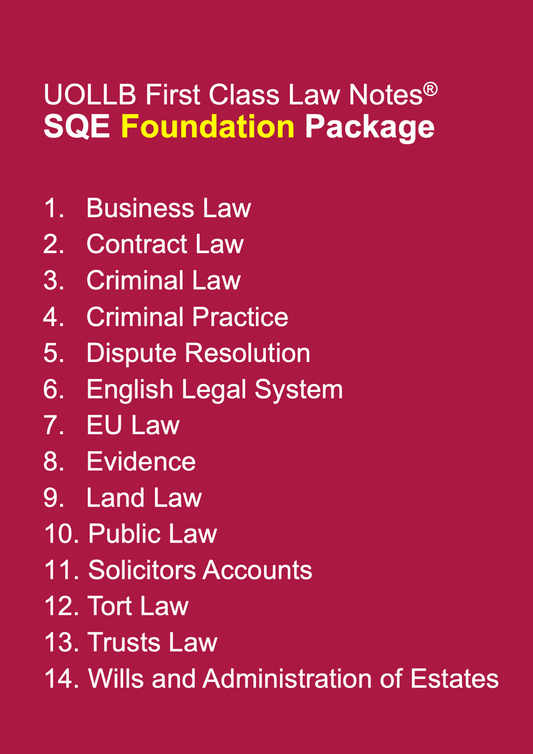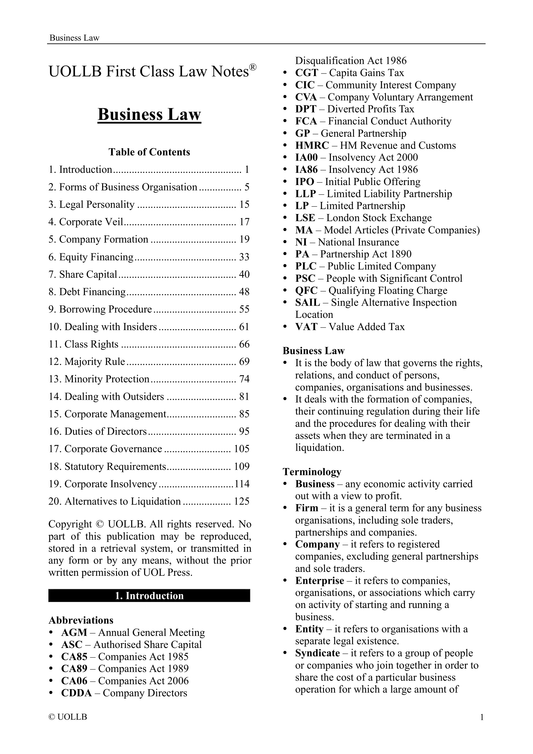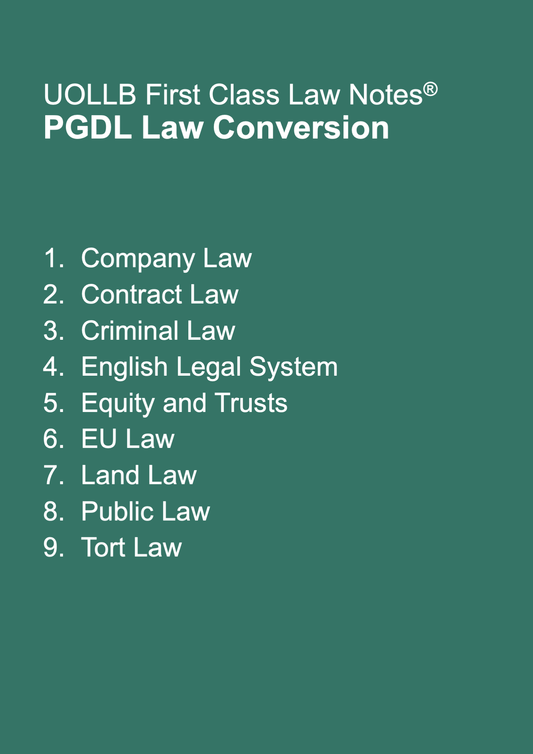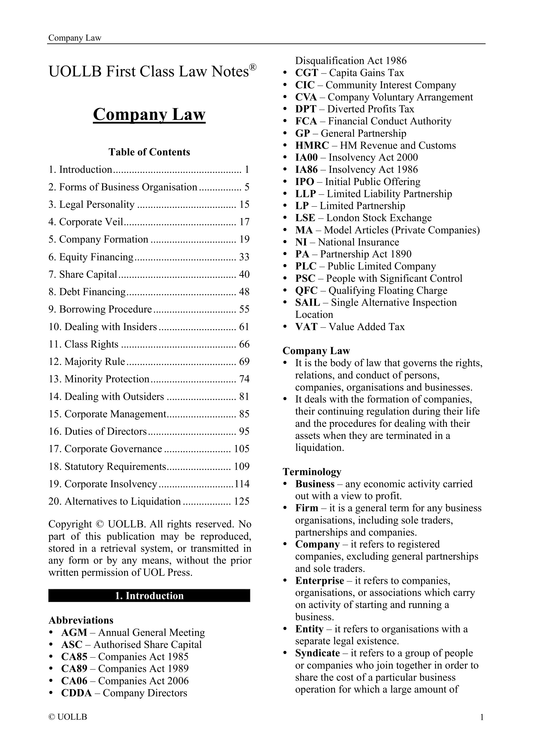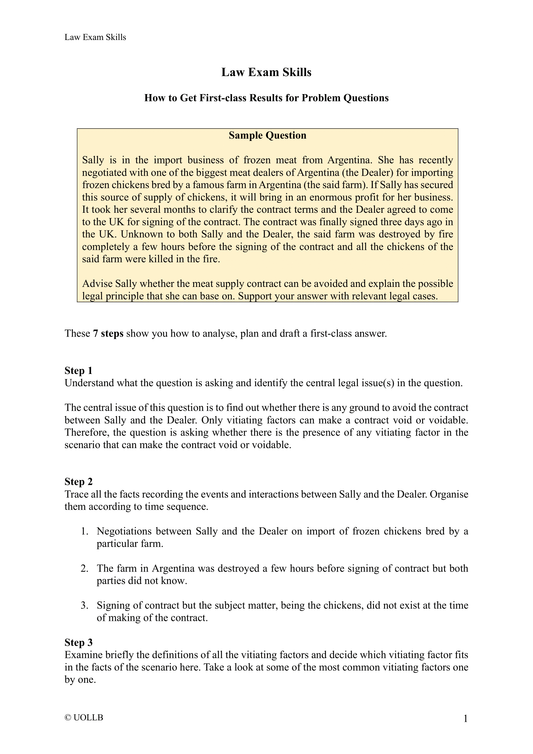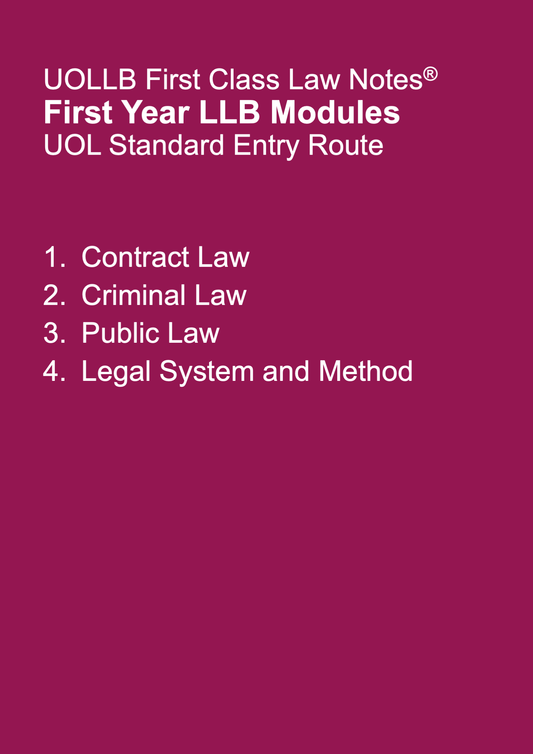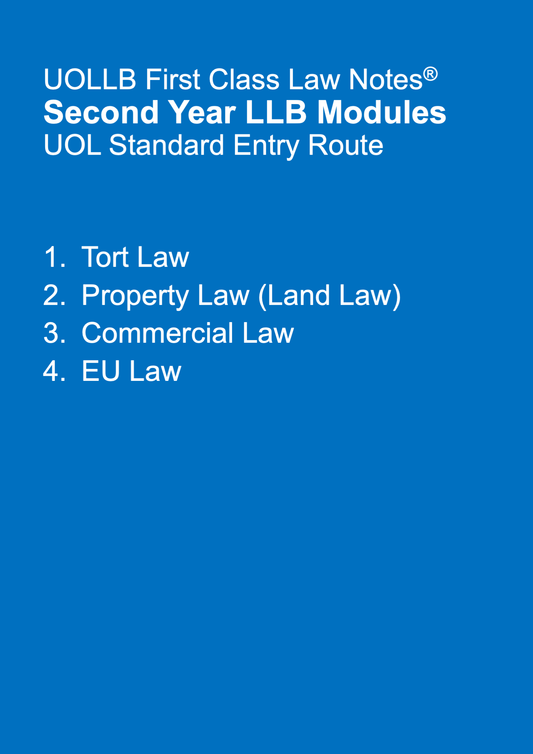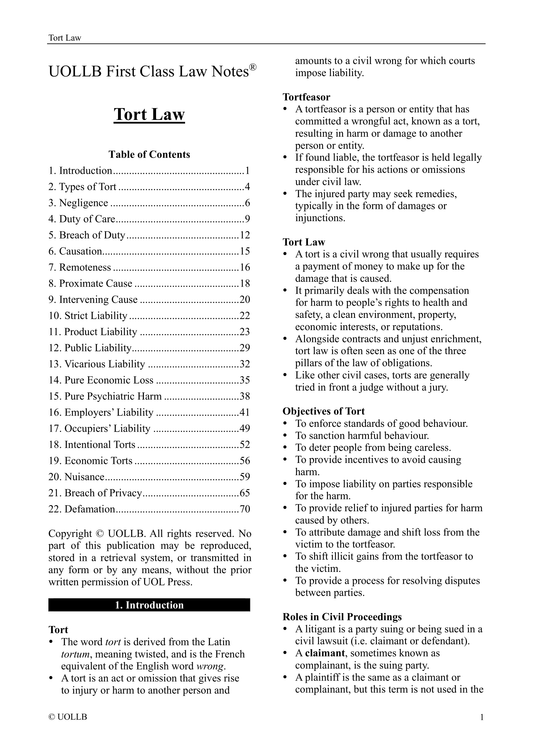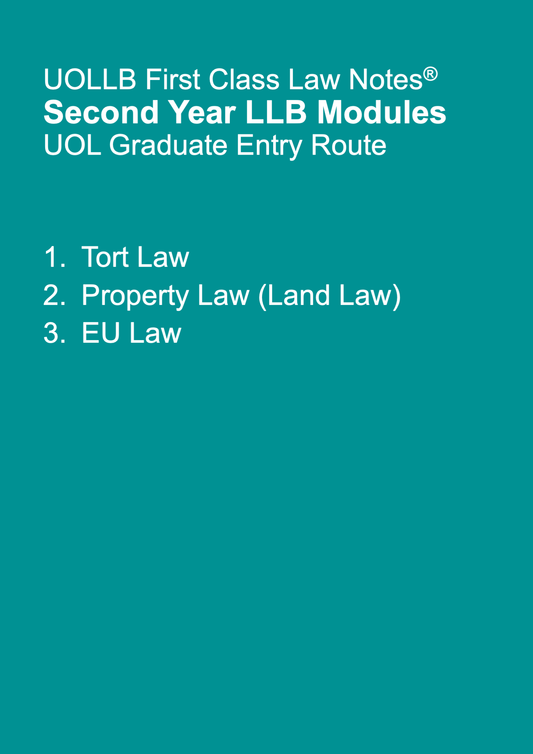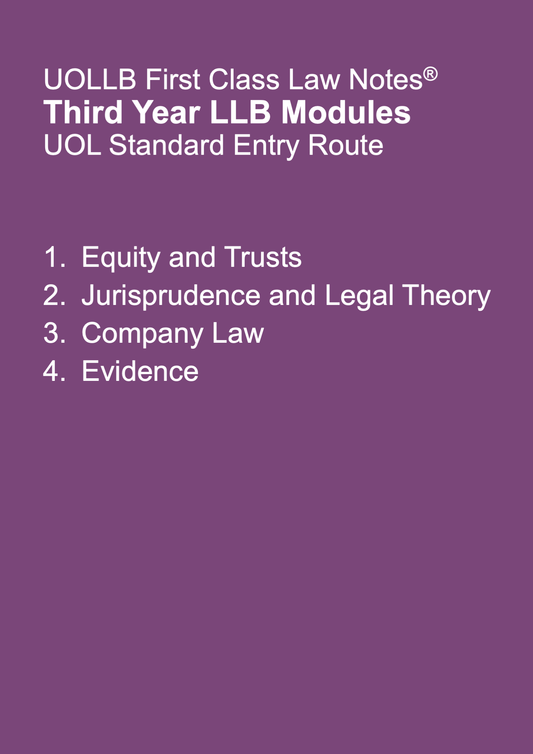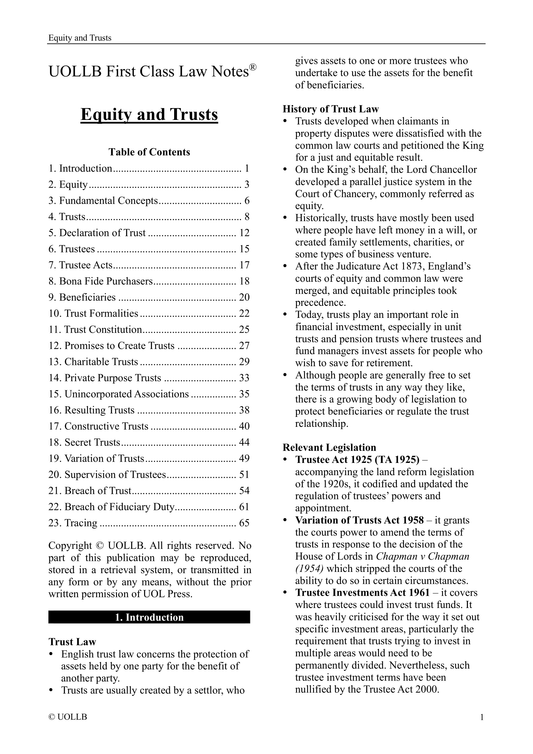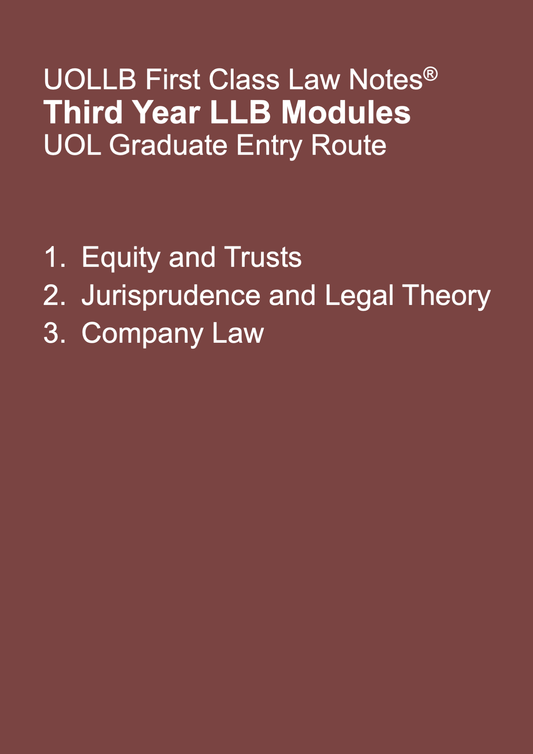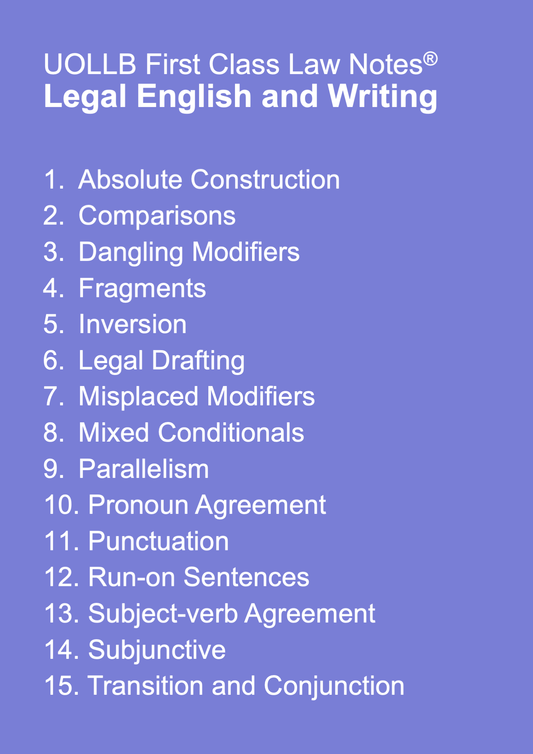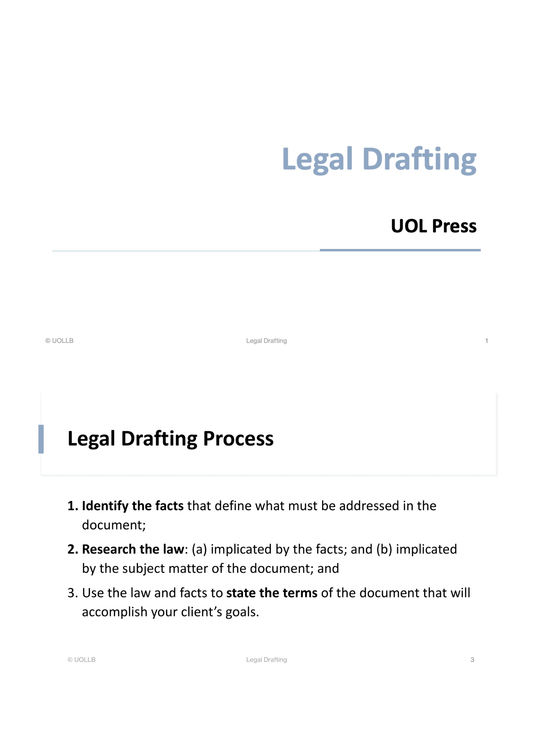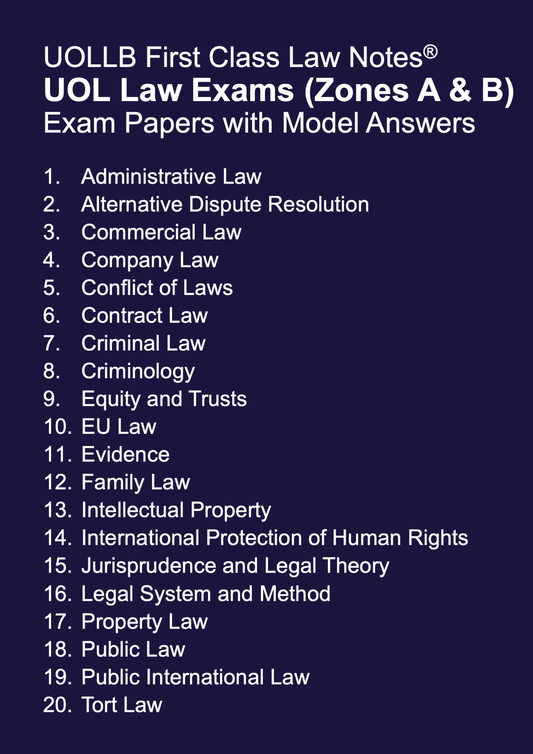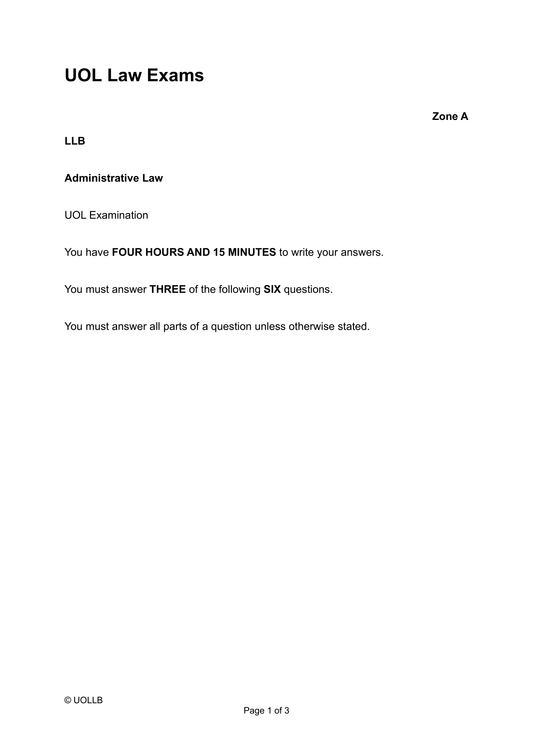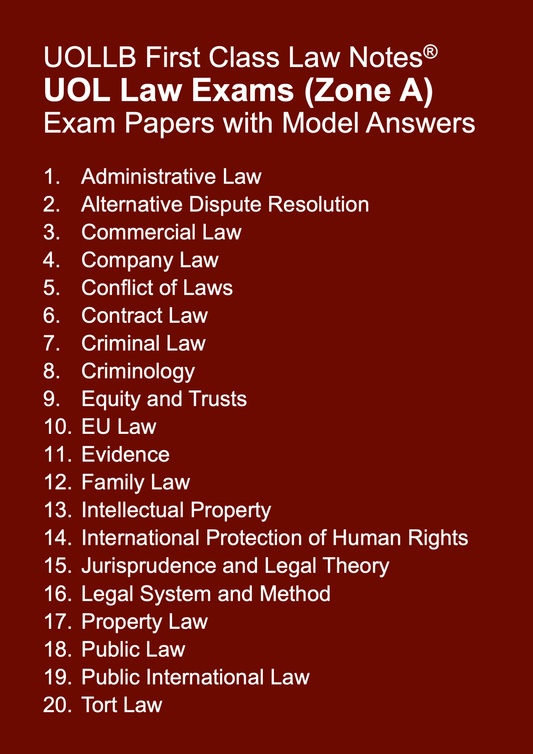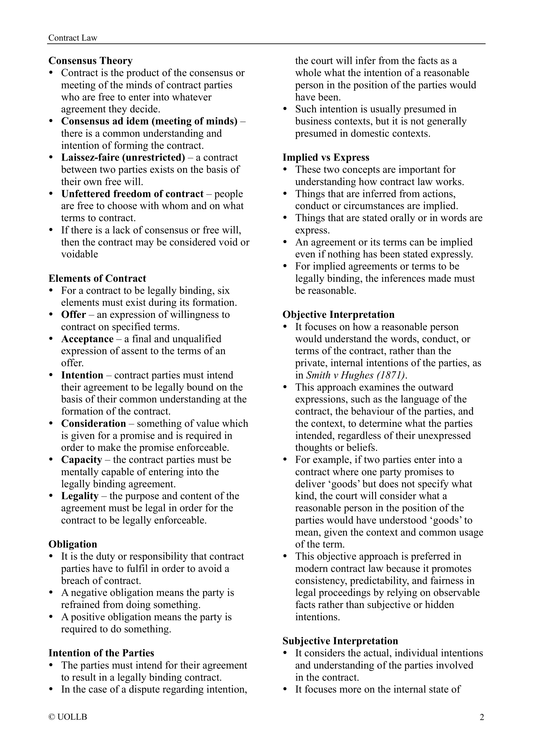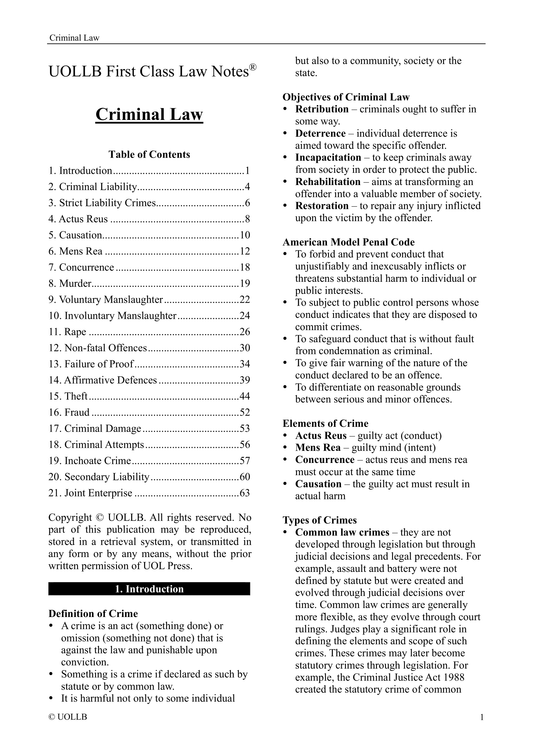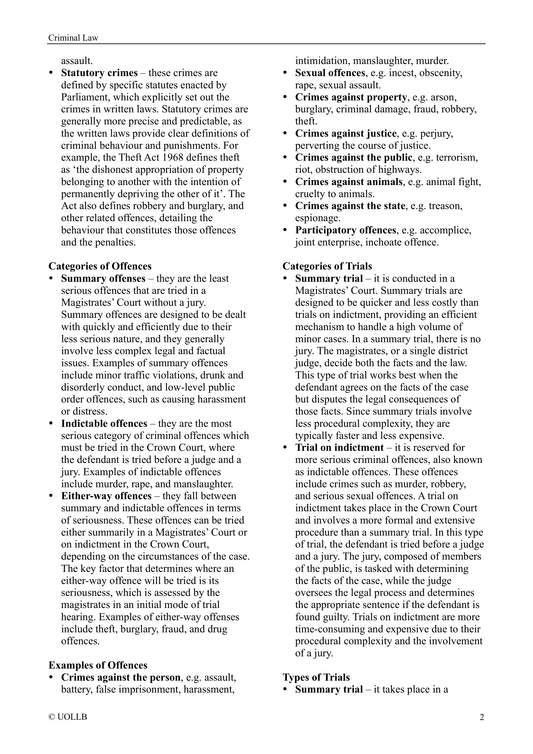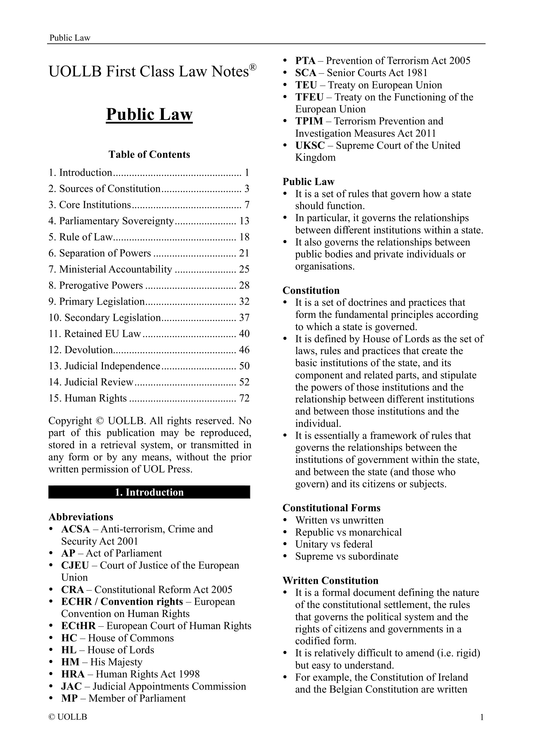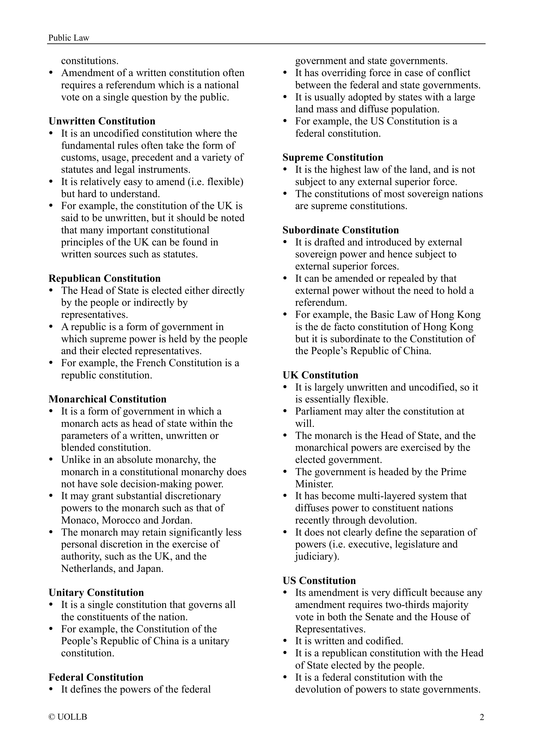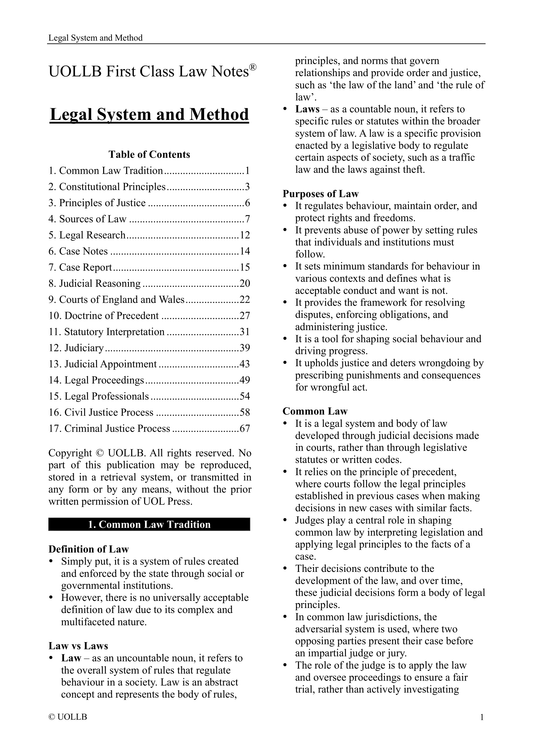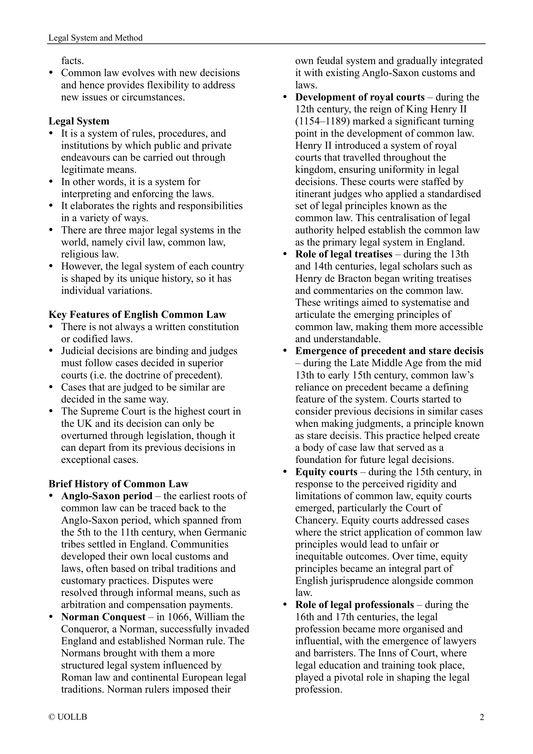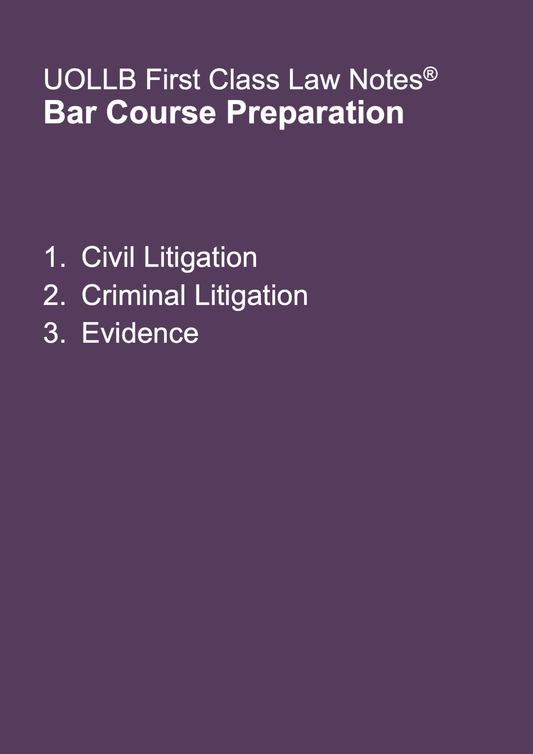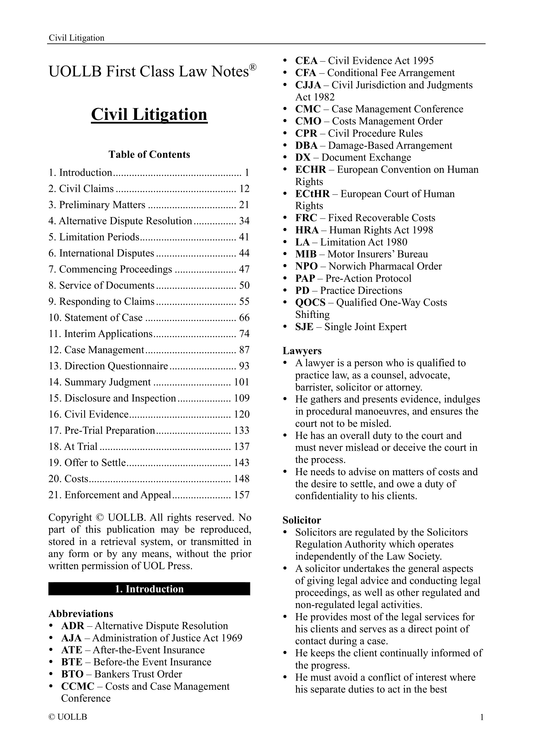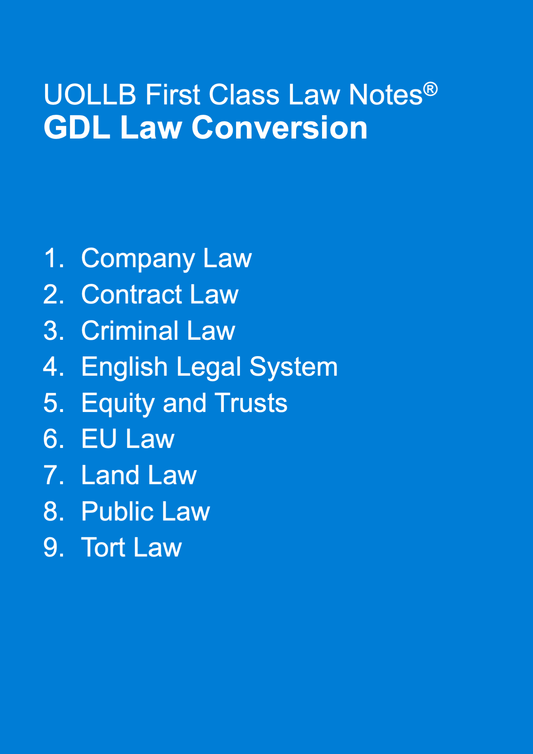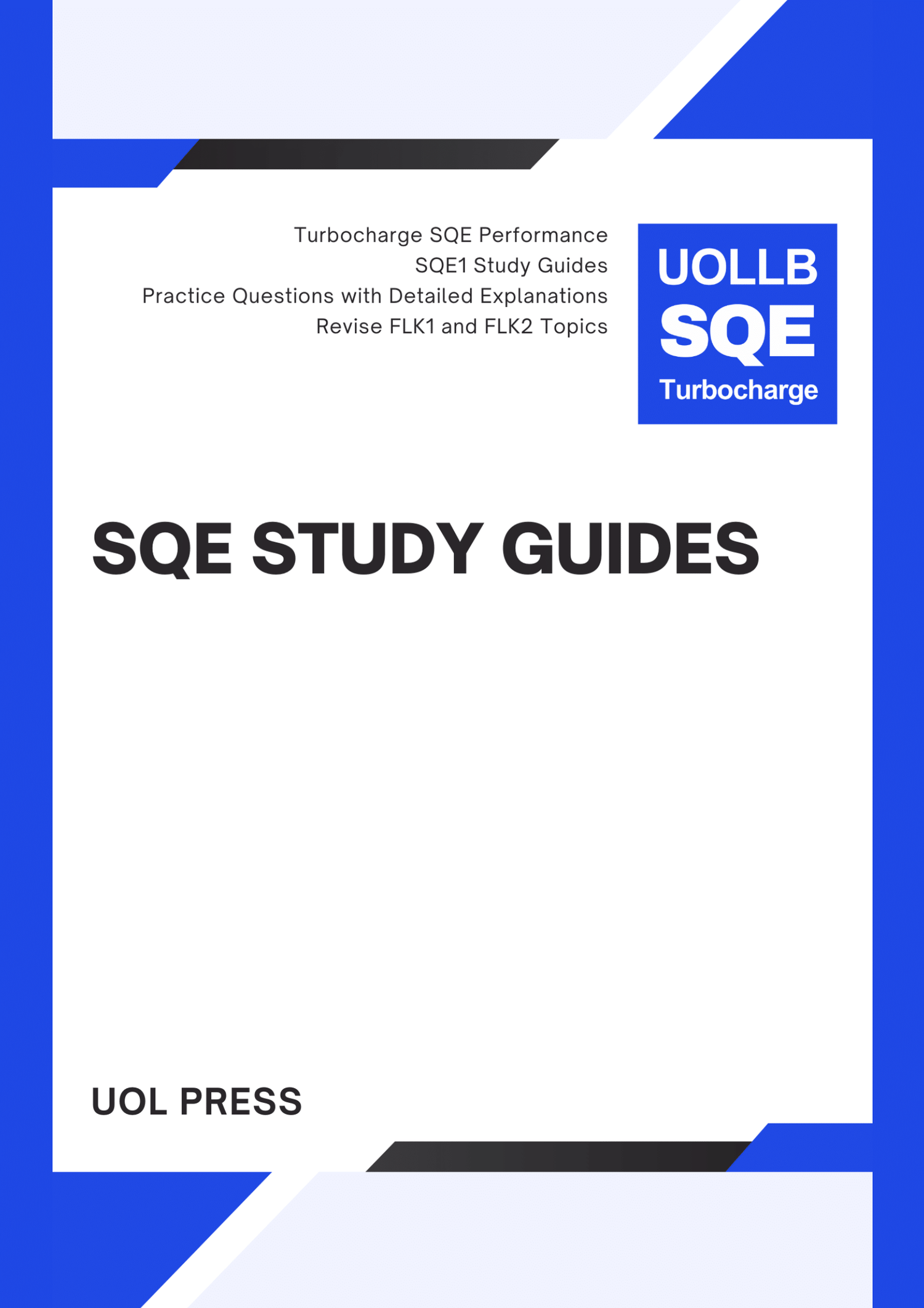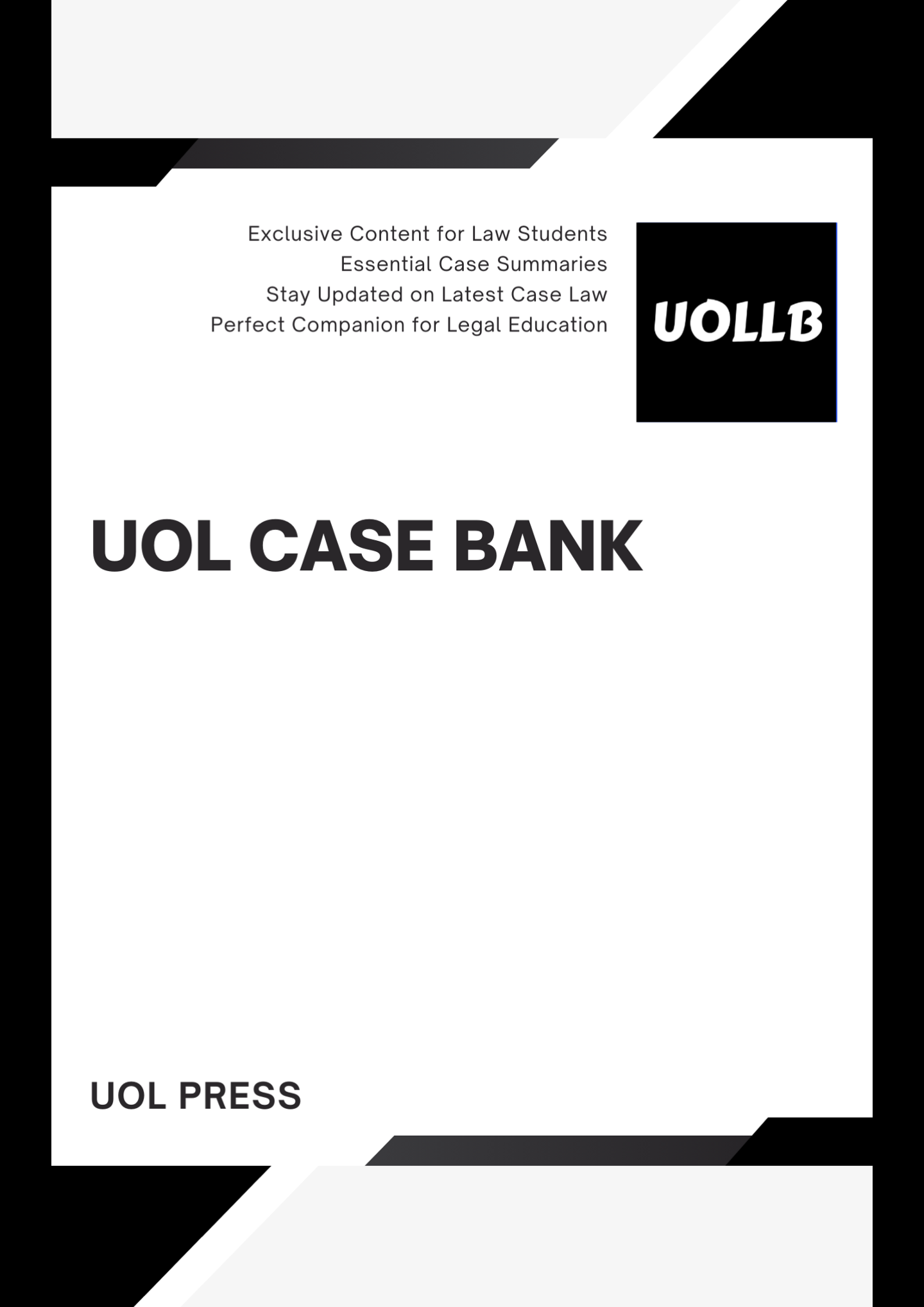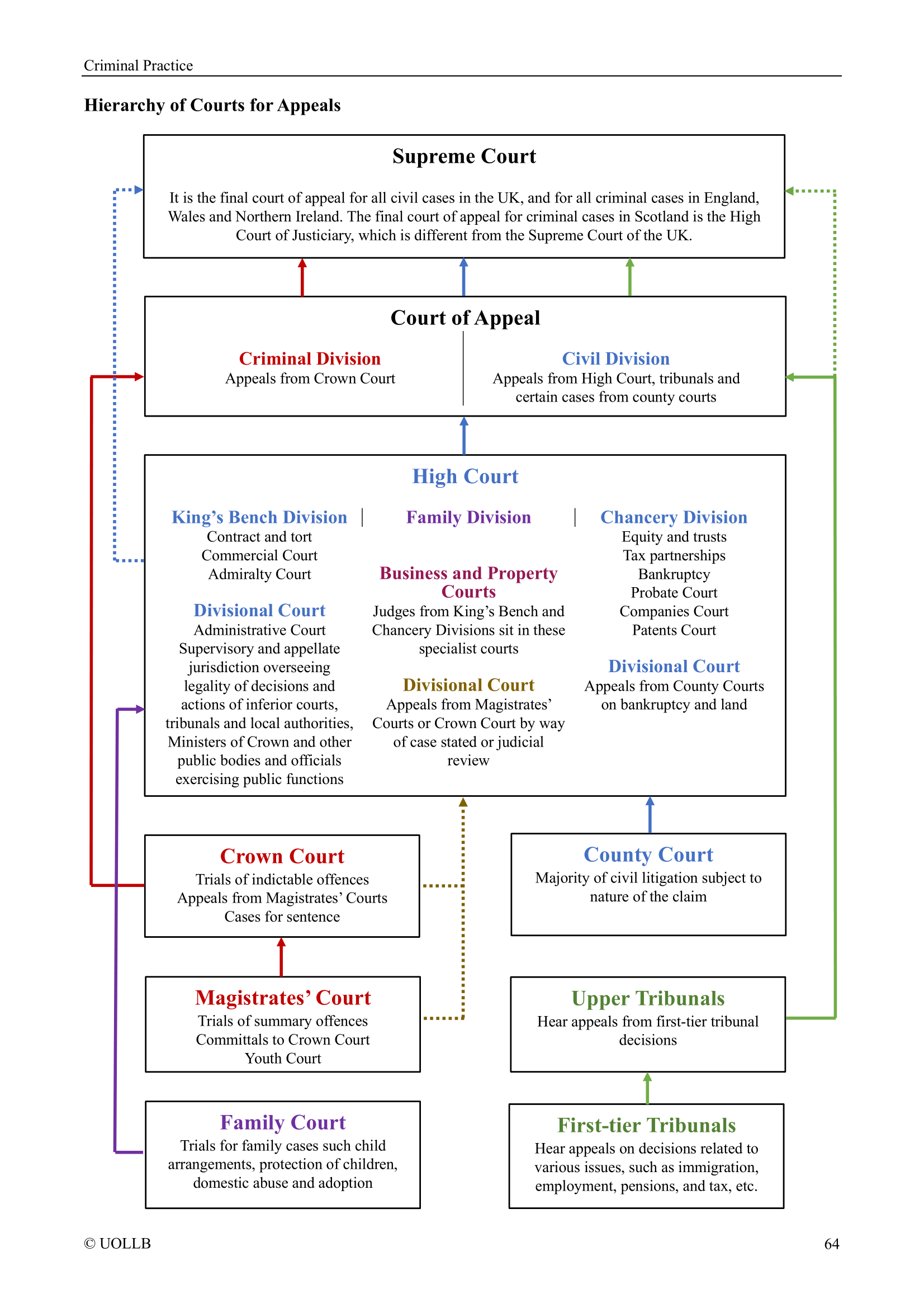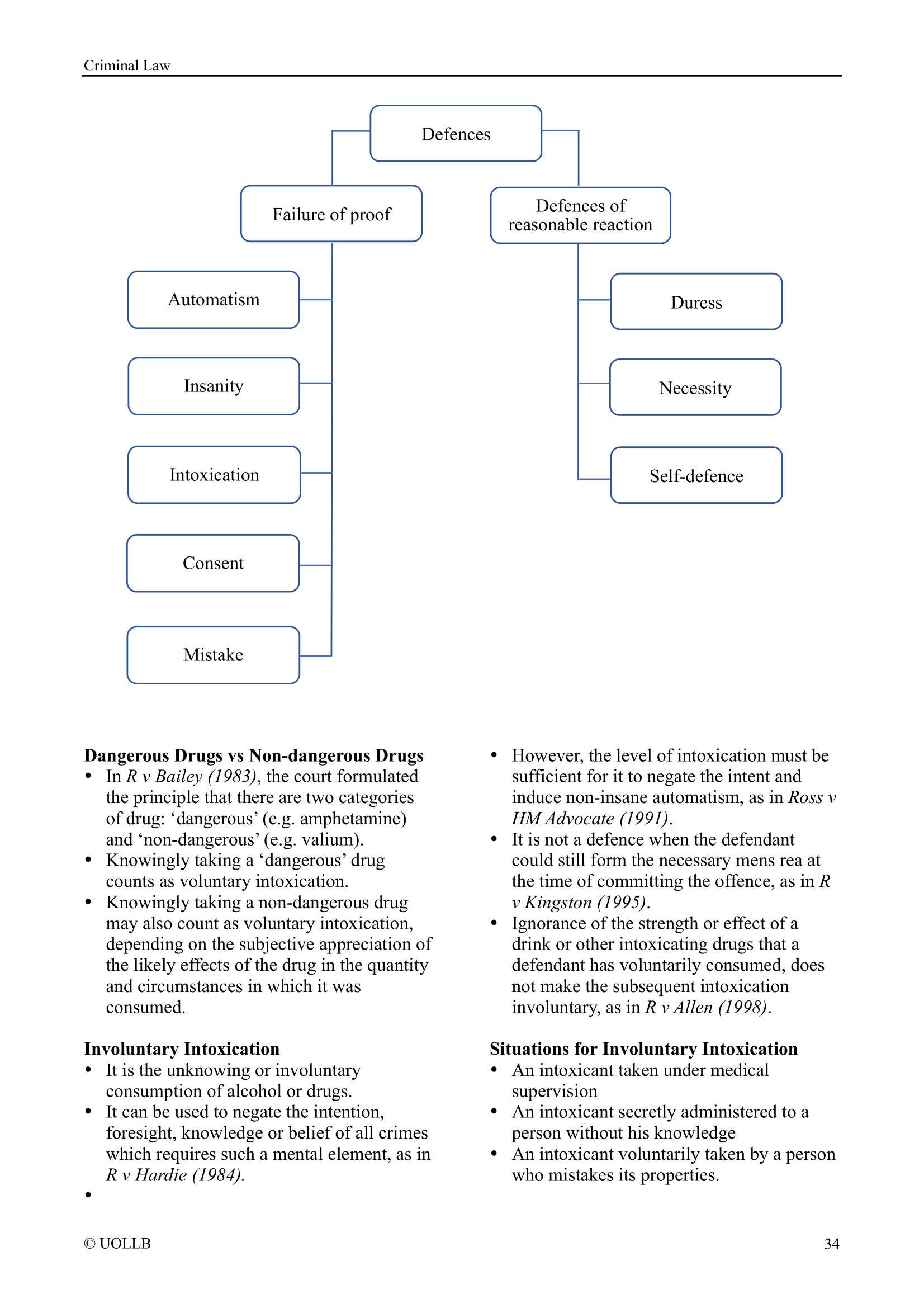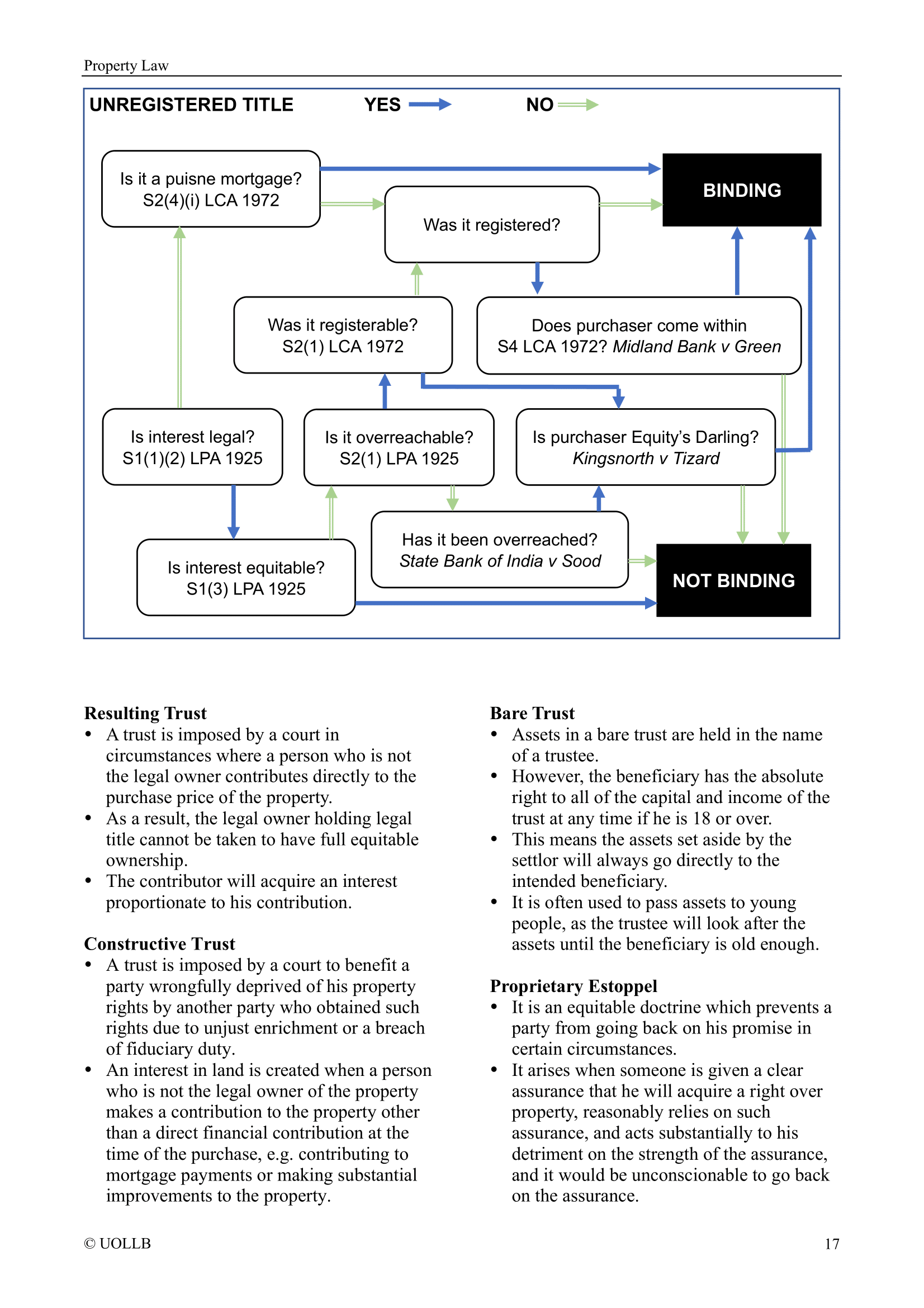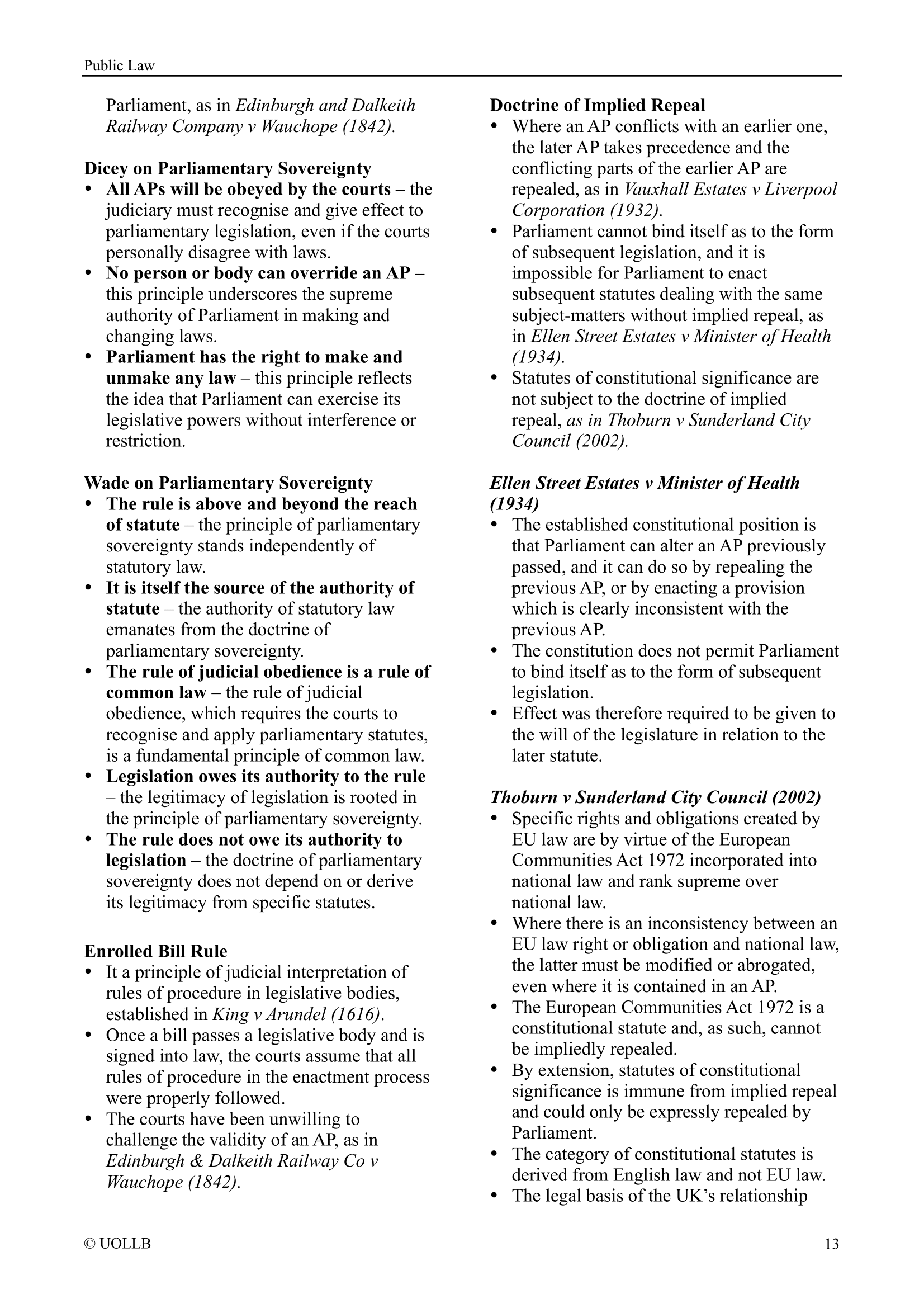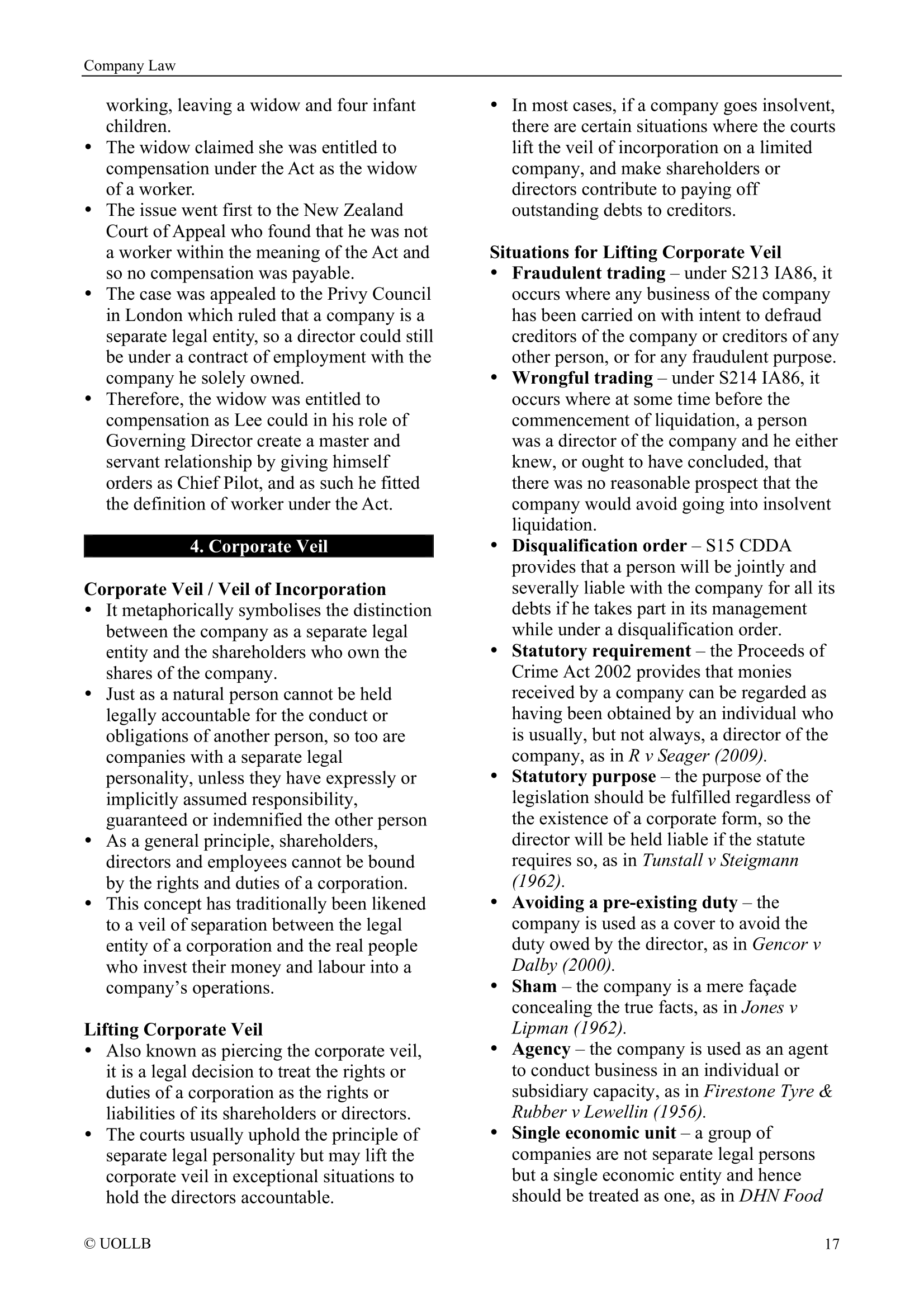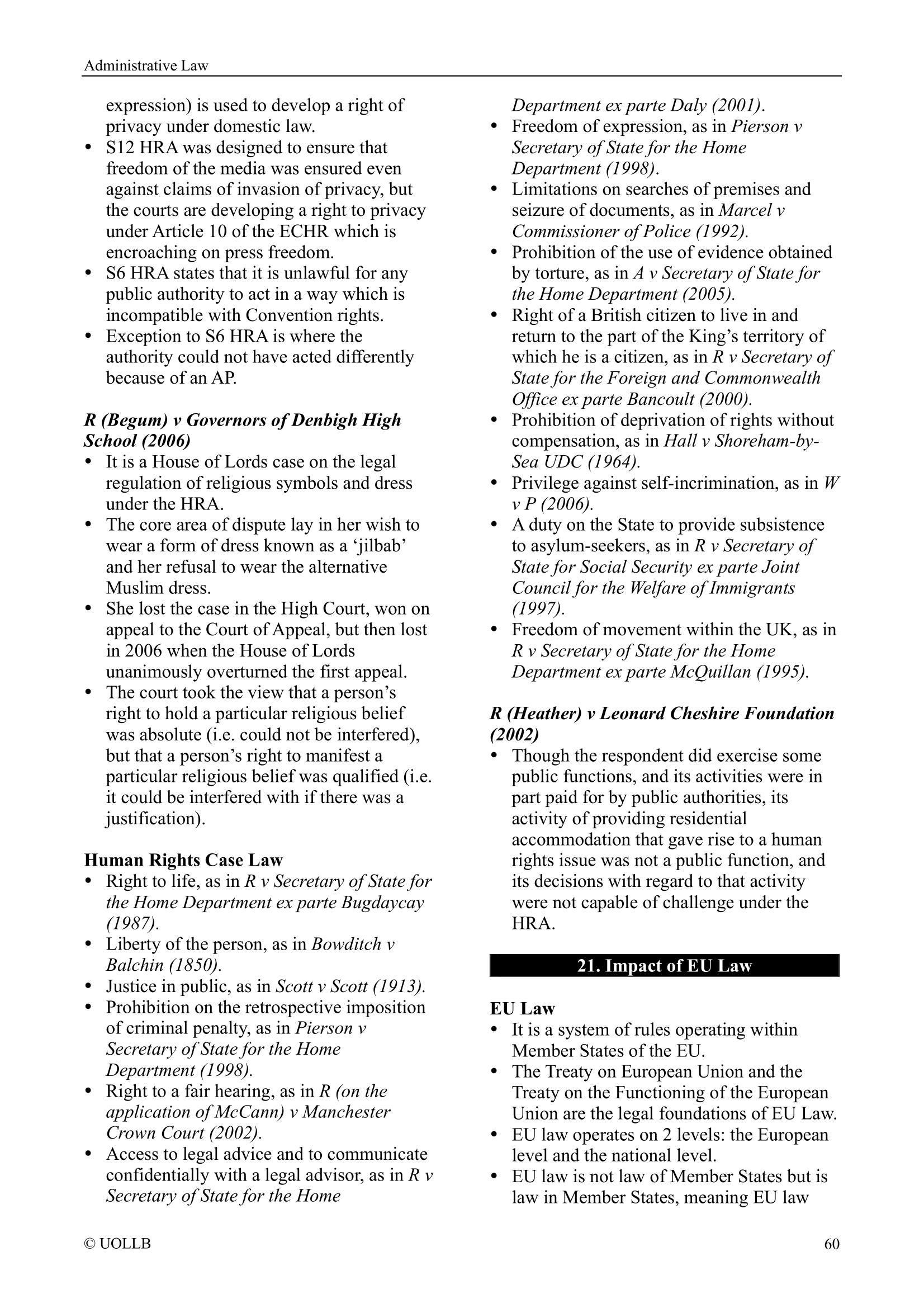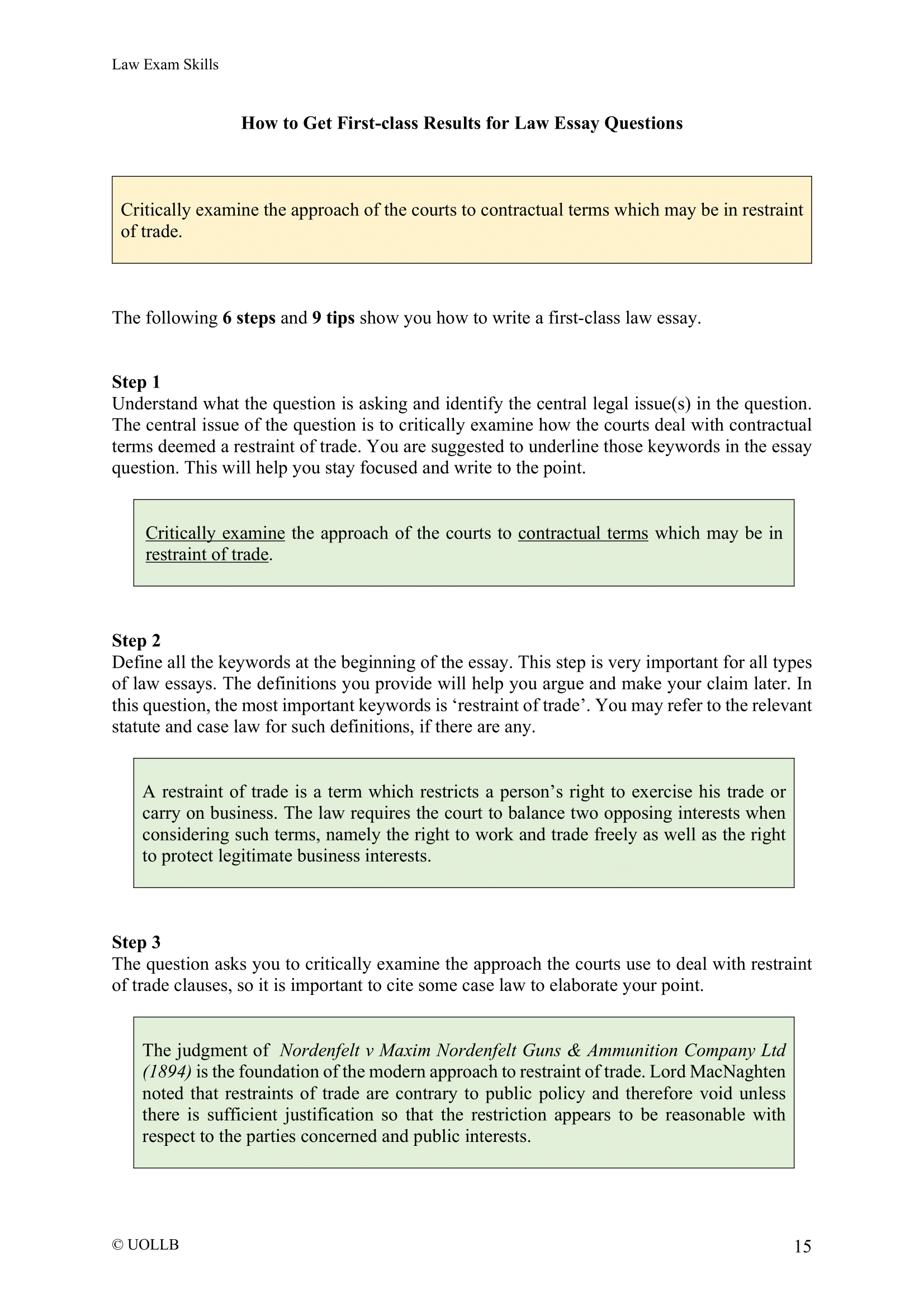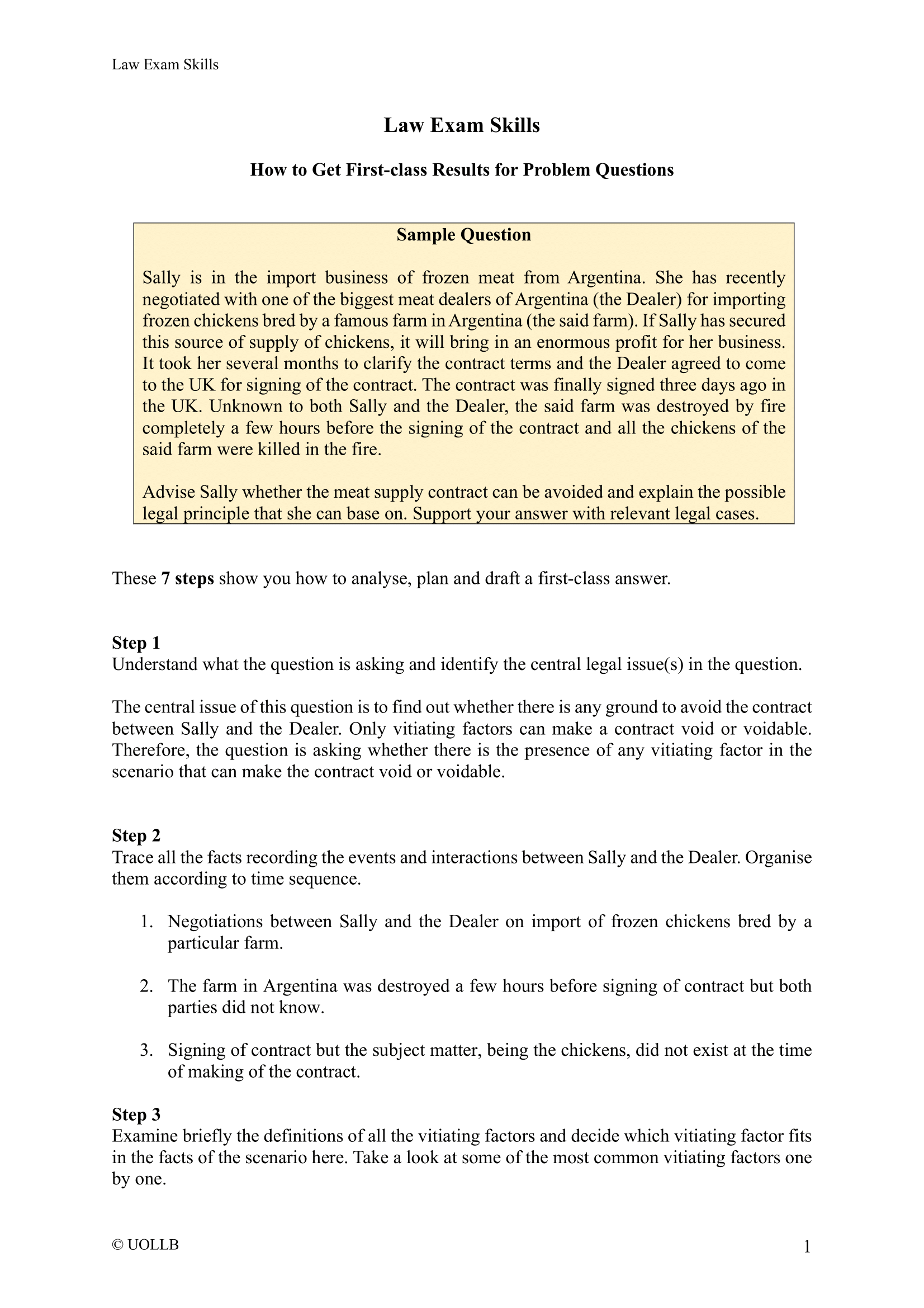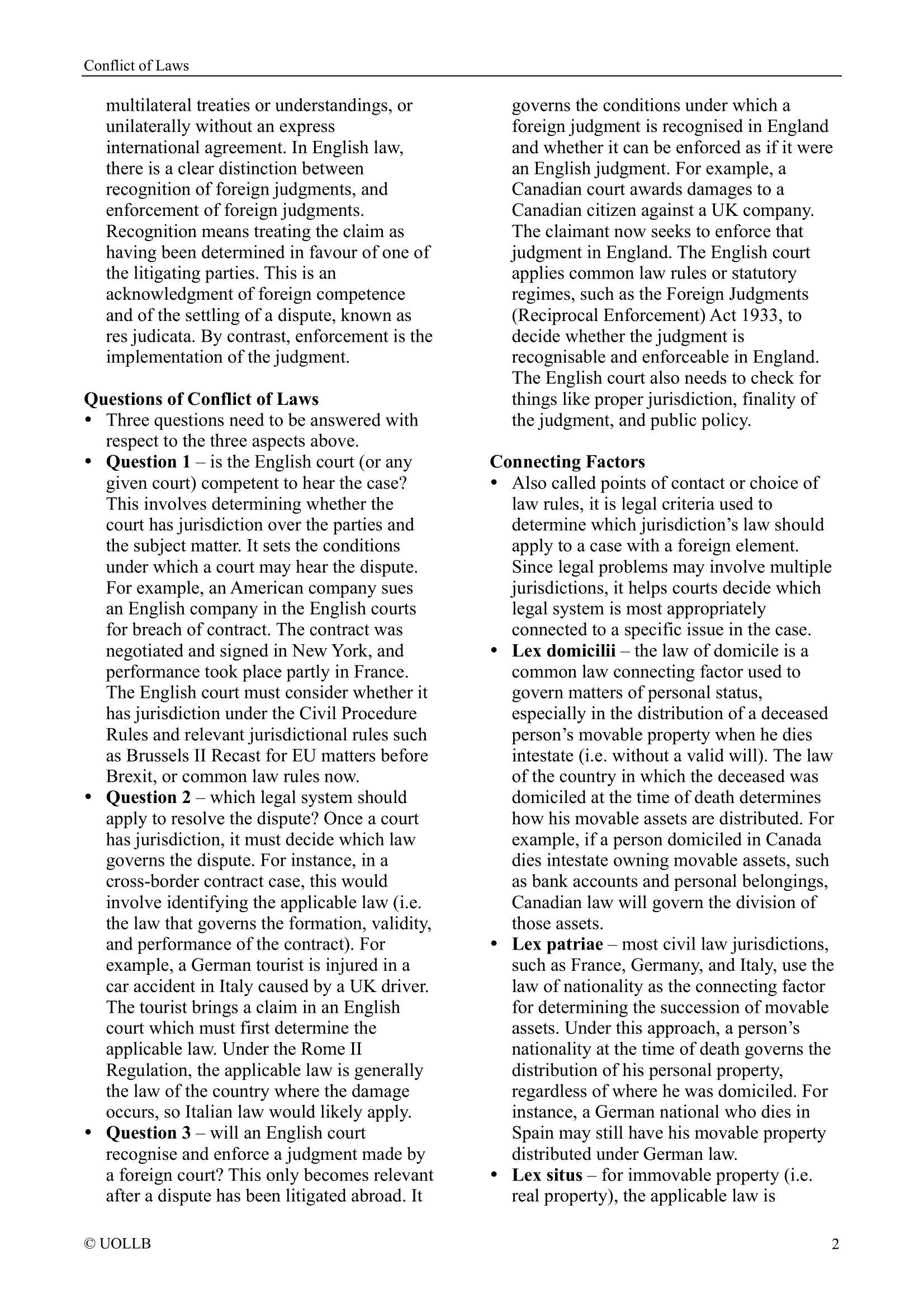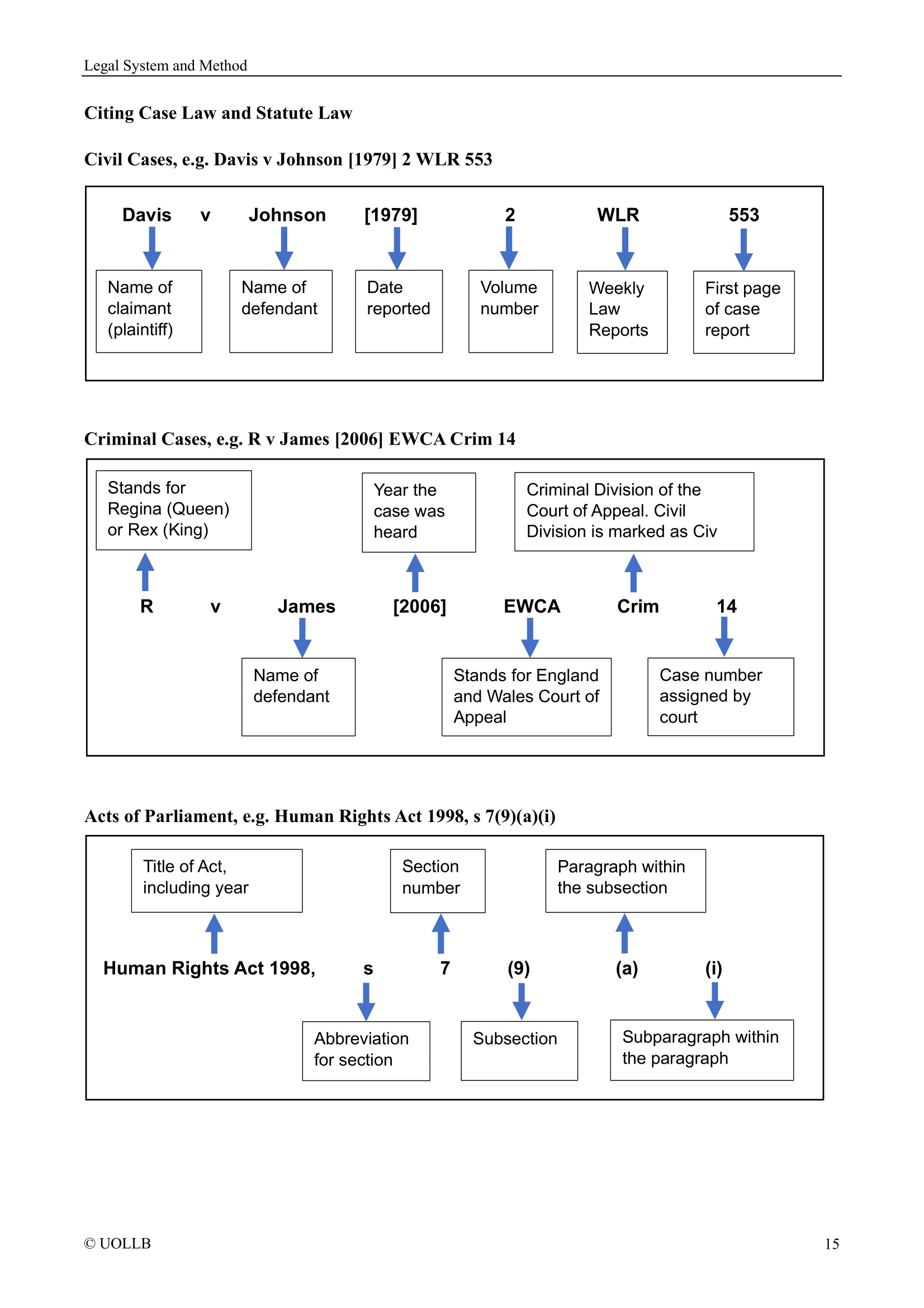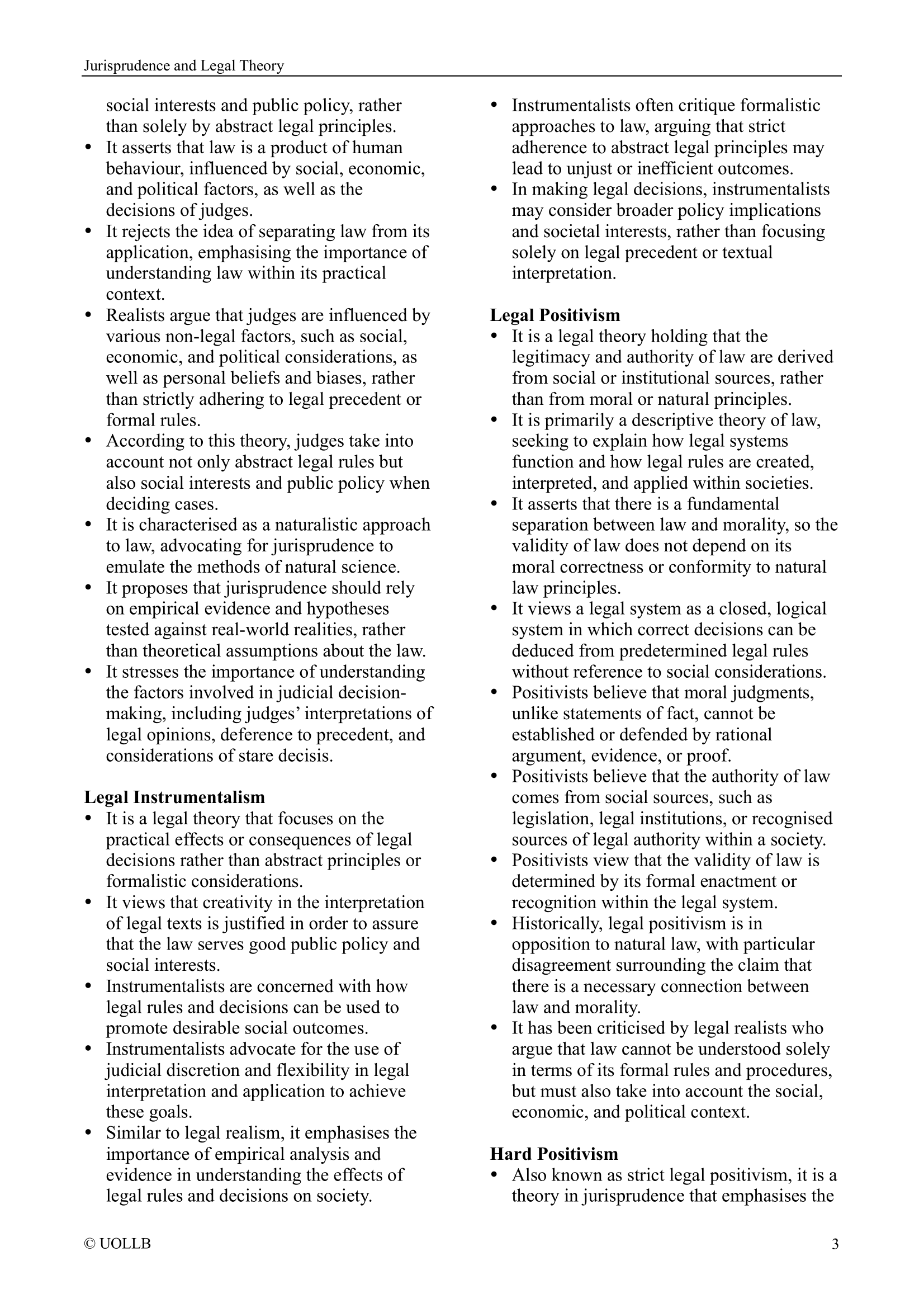Lloyds Bank Plc v Rosset [1990]
Share
Lloyds Bank Plc v Rosset [1990] UKHL 14 is a landmark case in English land law, trusts law, and family law. The case explores the establishment of constructive trusts in the context of cohabitation, focusing on the translation of physical contributions into property rights, particularly for non-owning partners.
Mr and Mrs Rosset purchased a semi-derelict house, Vincent Farmhouse, in Kent, with funds from Mr Rosset's family trust. Mr Rosset solely owned the property due to the trustees' condition for using the trust money. Mrs Rosset made no financial contributions to the acquisition or renovations but contributed to decorating and assisted in professional building works. Disputes arose when Mr Rosset defaulted on a loan secured by a mortgage on the property, leading Lloyds Bank to seek possession.
Mrs Rosset claimed a right to stay, arguing that she had not consented to the mortgage and had an overriding interest in the property. The central question was whether her contributions, both financial and non-financial, created a beneficial interest.
The Court of Appeal (2-1) held that Mrs Rosset was in actual occupation of the property. Nicholls LJ emphasised a common intention to share, considering Mrs Rosset's acts to her detriment and her actual occupation through builders. Purchas LJ concurred, emphasising the discoverability of Mrs Rosset's occupation. Mustill LJ dissented, finding no actual occupation.
On further appeal, the House of Lords held that Mrs Rosset had no beneficial interest in the property. Lord Bridge's judgment stated that the fundamental question was whether there was an agreement or arrangement to share beneficially. He asserted that direct financial contributions to the purchase price would readily justify inferring a constructive trust, but anything less was doubtful.
Lloyds Bank Plc v Rosset faced criticism for its strict limits on recognising equity for non-owning partners based on work contributions. In Stack v Dowden [2007], Lord Walker acknowledged the evolution of the law, suggesting that Lloyds Bank Plc v Rosset needed reconsideration. However, Stack v Dowden involved two legal owners, making the criticism obiter dicta.
As of the doctrine of stare decisis, Lloyds Bank Plc v Rosset remains a leading case on constructive trusts concerning single legal owner properties. The case's significance lies in its interpretation of the necessary conditions for establishing a beneficial interest in cohabitation scenarios.
In conclusion, Lloyds Bank Plc v Rosset set precedent regarding the establishment of constructive trusts in cohabitation arrangements, emphasising the importance of express agreements or direct financial contributions for recognising beneficial interests in a property.
